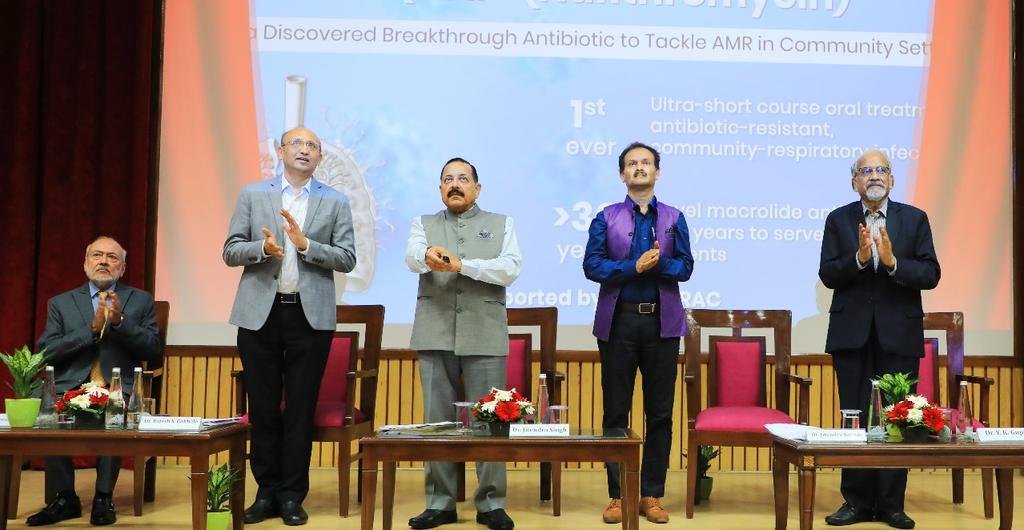The Laser-Induced Breakdown Spectroscopy (LIBS) instrument onboard Chandrayaan-3 Rover has conducted the first-ever in-situ measurements of the lunar surface near the south pole. These measurements have successfully confirmed the presence of Sulphur (S) in the region, which was not possible using the instruments onboard orbiters.
- LIBS is a scientific technique that involves exposing materials to intense laser pulses to analyze their composition.
- The process generates localized and extremely hot plasma on the material’s surface, and the resulting plasma light is analyzed to determine the composition.
- Initial analyses showed the presence of Aluminum (Al), Sulphur (S), Calcium (Ca), Iron (Fe), Chromium (Cr), and Titanium (Ti) on the lunar surface.
- Further measurements revealed the existence of manganese (Mn), silicon (Si), and oxygen (O), while investigation of Hydrogen presence is ongoing.
- The LIBS payload was developed at the Laboratory for Electro-Optics Systems (LEOS)/ISRO in Bengaluru.
Q.: What is the purpose of the Laser-Induced Breakdown Spectroscopy (LIBS) instrument onboard Chandrayaan-3 Rover?
a) To study the Moon’s gravitational field
b) To capture high-resolution images of lunar craters
c) To analyze the composition of lunar soil using intense laser pulses
d) To search for signs of past water presence on the Moon
Answer: c) To analyze the composition of lunar soil using intense laser pulses




